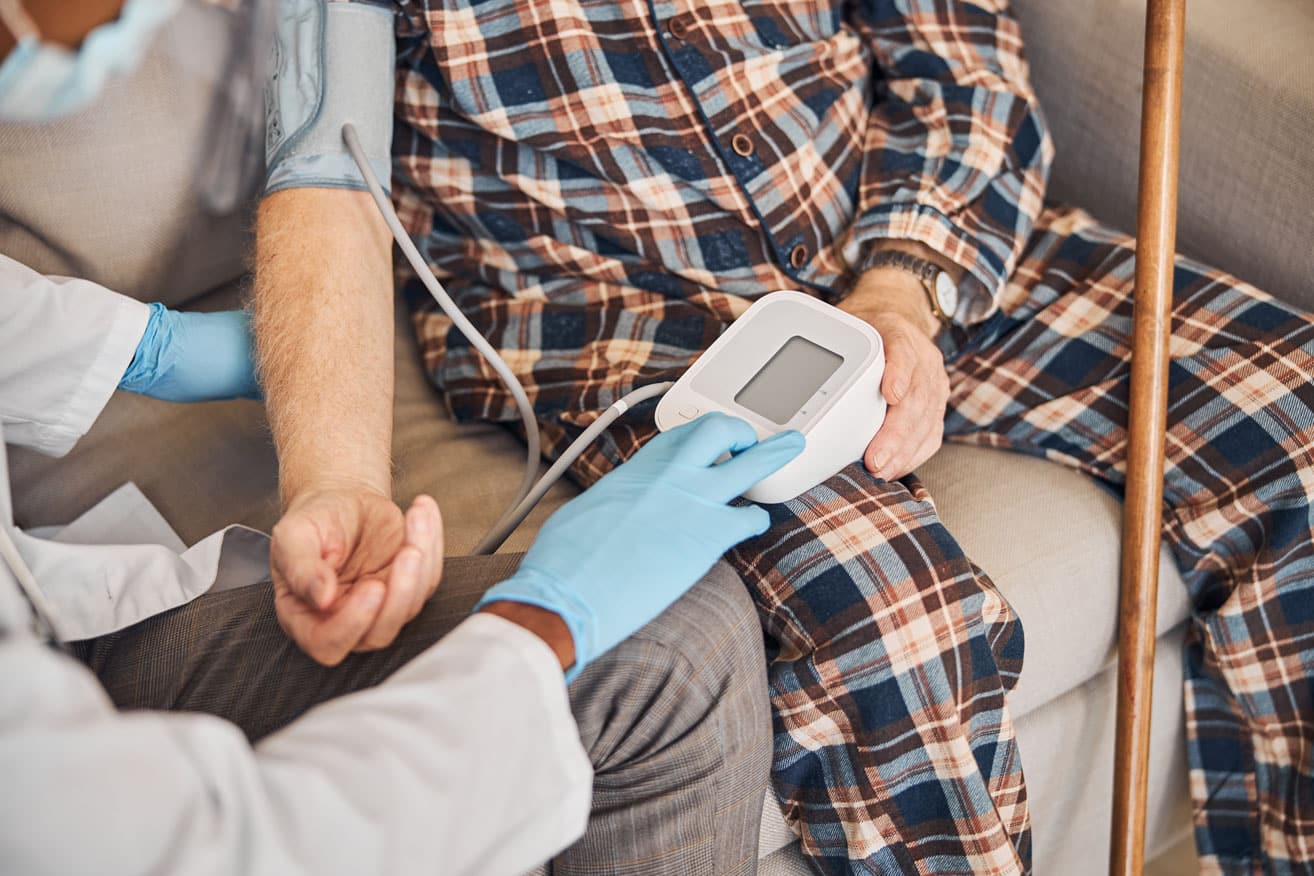Medi-Cal as it Relates to Hospice Care
EducationMedi-Cal is California’s low-income health care program, created to pay for medical services for those who qualify. The Medi-Cal program is overseen by the Department of Health Care Services (DHCS).
Medi-Cal can also provide financial assistance for hospice patients who qualify. Hospice patients can use Medi-Cal for hospice financial assistance to help pay for certain care expenses not covered by Medicare.
What is the difference between Medicare and Medi-Cal?

Medicare is the United States’ federal health insurance for those who are 65 years or older and have contributed to the Medicare system. Some younger people with disabilities and those with End-Stage Renal Disease (ESRD) are also eligible for Medicare. Medicare also provides hospice care coverage for qualified patients. When a person is eligible for a Medicare Advantage Program, they can select the program that best meets their needs. For patients who choose to be straight Medicare, Medicare covers 80% of their medical expenses while the other 20% is usually out-of pocket, unless covered by Medi-Cal or a secondary insurance.
Medi-Cal is California’s Medicaid program, providing low-cost or free health coverage to low-income individuals and families, which also provides hospice care coverage, and can be utilized by qualified patients as financial assistance for hospice care. Jointly funded by the state and federal governments, Medicaid is a nationwide program. However, as it is operated discretionally by each state, there are several different versions. In California, it is called Medi-Cal. To be eligible for Medi-Cal, an individual’s gross monthly income must be below 138% of the federal poverty level (FPL) (i.e., a single individual must earn below $1,732 per month to be eligible). Additionally, as of 2024, there is no longer an asset limit to qualify for Medi-Cal.
Individuals on Medicare may also dually qualify for Medi-Cal, in what is typically referred to as “MediMedi.” This dual eligibility enables individuals to gain access to the benefits of both programs, uniting Medicare coverage with additional Medi-Cal support, and helps cover costs not fully covered by Medicare, such as copayments and deductibles.
What are the requirements to qualify for Medi-Cal?

Coming Under the Care of Healing Care Hospice
The following are the steps that Healing Care Hospice takes after a provider recommends a patient to hospice care and the patient selects our hospice:
- We identify the patient’s current health insurance to determine whether the patient as or is eligible for hospice care coverage for Medicare, Medi-Cal, or commercial insurance coverage, and determine if they are under an advantage program and/or which Medi-Cal provider they are under. Once the patient’s insurance hospice care coverage is established, we must contact the insurance provider to determine if authorization for hospice is required by the insurance provider.
- Note: All services related to the admitting diagnosis of hospice are covered through Medicare or Medi-Cal (when Medicare is not available as a primary insurance).
- We dispatch a clinical liaison to meet with the patient and their family to discuss hospice benefits. When the patient and their family elect for the patient to be on hospice care with us, the process of onboarding the patient begins.
- Our clinical liaison will provide the Hospice Election Form and Addendum for the patient and their family to complete with the appropriate signatures. These forms allow for Healing Care Hospice to have access to the patient’s medical records.
- Once the patient is admitted into our hospice, we proceed with submitting the completed Hospice Election Form and Addendum to DHCS within 5 days of the hospice election.
- We dispatch a nurse to assess the patient to confirm whether they are hospice eligible, according to the hospice guidelines provided by Medicare.
- If it is determined that the patient is hospice eligible, we report our clinical findings to our medical director (the patient’s hospice provider) and continue with the admission process.
- If the patient is not hospice eligible, the hospice provider contacts the referring provider to explain why the patient is ineligible for hospice care. In turn, our team conveys these reasons to the patient and their family. We also inform the patient that they are free to contact us for a reassessment if their symptoms worsen.
Who pays for hospice care: What does Medi-Cal cover when a patient is on hospice care?

Medi-Cal provides comprehensive hospice care coverage of “most medically necessary care.” This includes doctor visits, immunizations, room and board for Skilled Nursing Facilities (SNFs), spiritual and psychosocial support, prescription drugs, and in-home support services (IHSS). A patient can also receive the benefit of an Assisted Living Waiver (ALW), which covers room and board expenses for them to reside in an assisted living facility.
Can the state take your home if you go on Medi-Cal?
No, the State of California will not appropriate your home if you go on Medi-Cal. Additionally, if you have any concerns about Medi-Cal’s recovery program, there are several legal ways to protect your assets.
For more detailed information on this topic, please visit the website for the California Advocates for Nursing Home Reform (CANHR) at https://canhr.org/californias-medi-cal-recovery-program-frequentlyasked-questions/.
Sources:
- “Medi-Cal Overview.” www.dhcs.ca.gov, https://www.dhcs.ca.gov/services/medi-cal/Pages/default.aspx.
- “California’s Medi-Cal Recovery Program – Frequently Asked Questions – CANHR.” California Advocates for Nursing Home Reform, 10 Aug. 2022, www.canhr.org/californias-medi-calrecovery-program-frequently-asked-questions/.
- “What’s Medicare?” Medicare.gov, www.medicare.gov/what-medicare-covers/your-medicarecoverage-choices/whats-medicare.
- “My Medi-Cal: How to Get the Health Care You Need.” Department of Health Care Services. 2024 https://www.dhcs.ca.gov/Documents/myMediCal.pdf.
Written by: V Perera
Contributions by: David Rodriguez, RN



